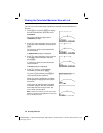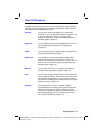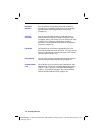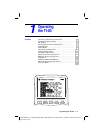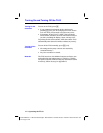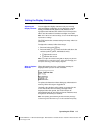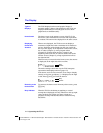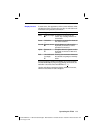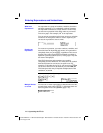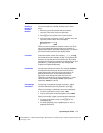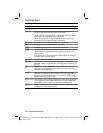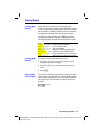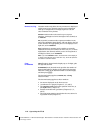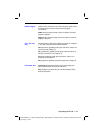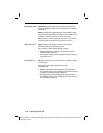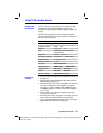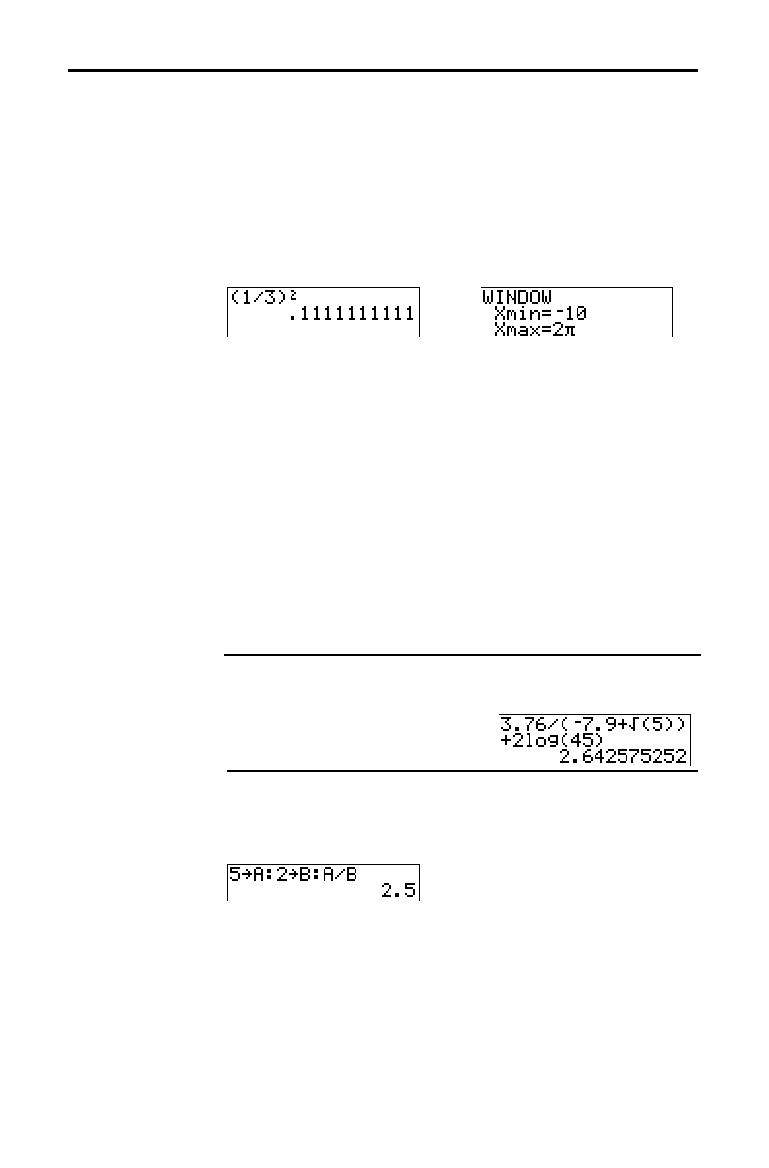
1-6 Operating the TI
-
83
8301OPER.DOC TI-83 international English Bob Fedorisko Revised: 02/19/01 12:09 PM Printed: 02/19/01 1:34
PM Page 6 of 24
An expression is a group of numbers, variables, functions
and their arguments, or a combination of these elements.
An expression evaluates to a single answer. On the TI
.
83,
you enter an expression in the same order as you would
write it on paper. For example,
p
R
2
is an expression.
You can use an expression on the home screen to calculate
an answer. In most places where a value is required, you
can use an expression to enter a value.
To create an expression, you enter numbers, variables, and
functions from the keyboard and menus. An expression is
completed when you press
Í
, regardless of the cursor
location. The entire expression is evaluated according to
Equation Operating System (EOS
é
) rules (page 1
.
22), and
the answer is displayed.
Most TI
.
83 functions and operations are symbols
comprising several characters. You must enter the symbol
from the keyboard or a menu; do not spell it out. For
example, to calculate the log of 45, you must press
«
45.
Do not enter the letters
L, O, and G. If you enter LOG, the
TI
.
83 interprets the entry as implied multiplication of the
variables
L, O, and G.
Calculate 3.76 ÷ (
L
7.9 +
‡
5) + 2 log 45.
3
Ë
76
¥
£
Ì
7
Ë
9
Ã
y
[
‡
] 5
¤
¤
Ã
2
«
45
¤
Í
To enter two or more expressions or instructions on a line,
separate them with colons (
ƒ
[
:
]). All instructions are
stored together in last entry (
ENTRY
; page 1
.
16).
Entering Expressions and Instructions
What Is an
Expression?
Entering an
Expression
Multiple Entries
on a Line



